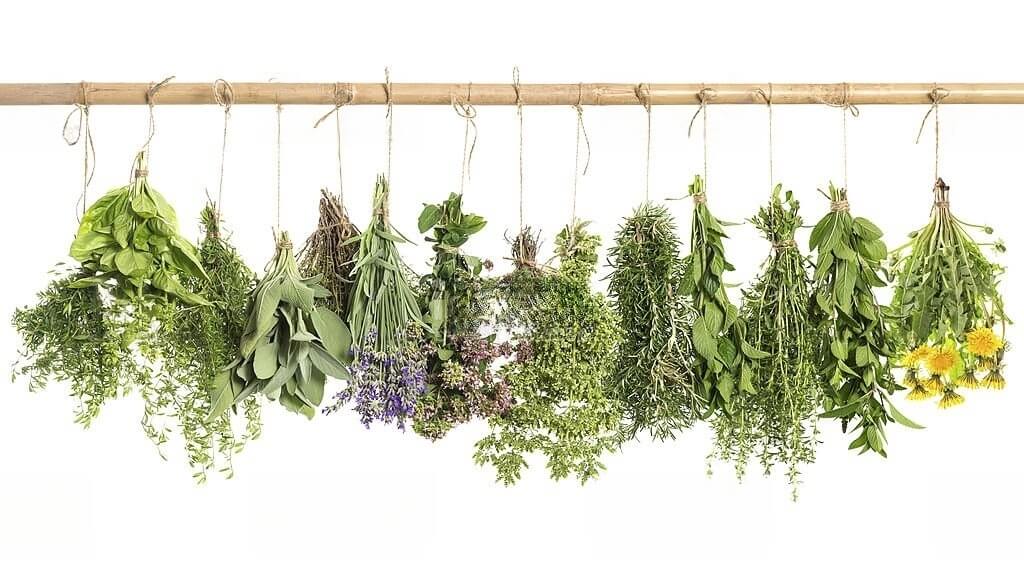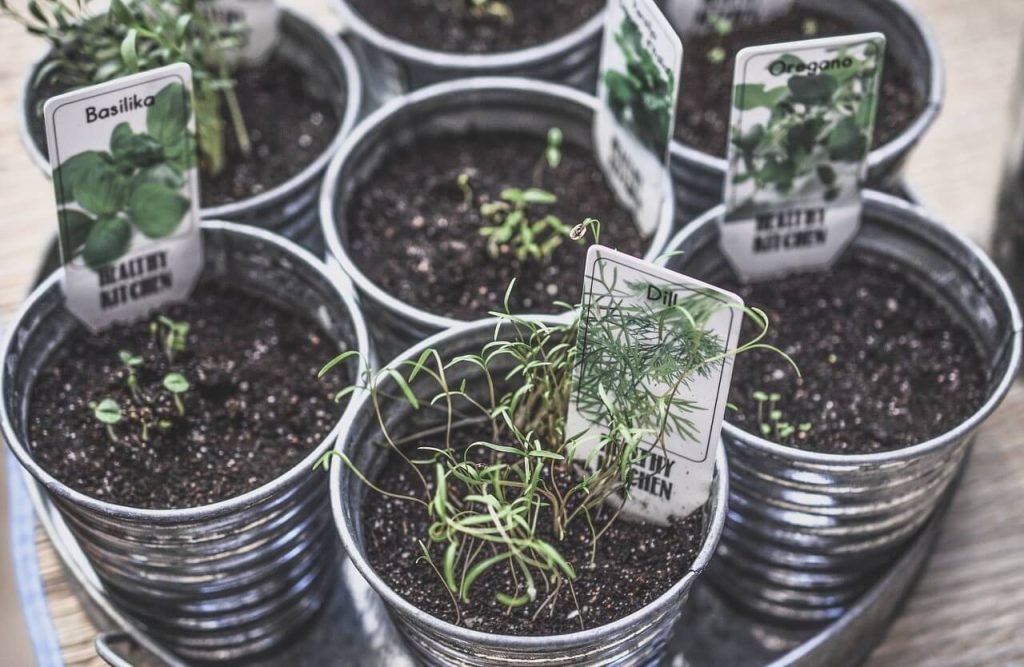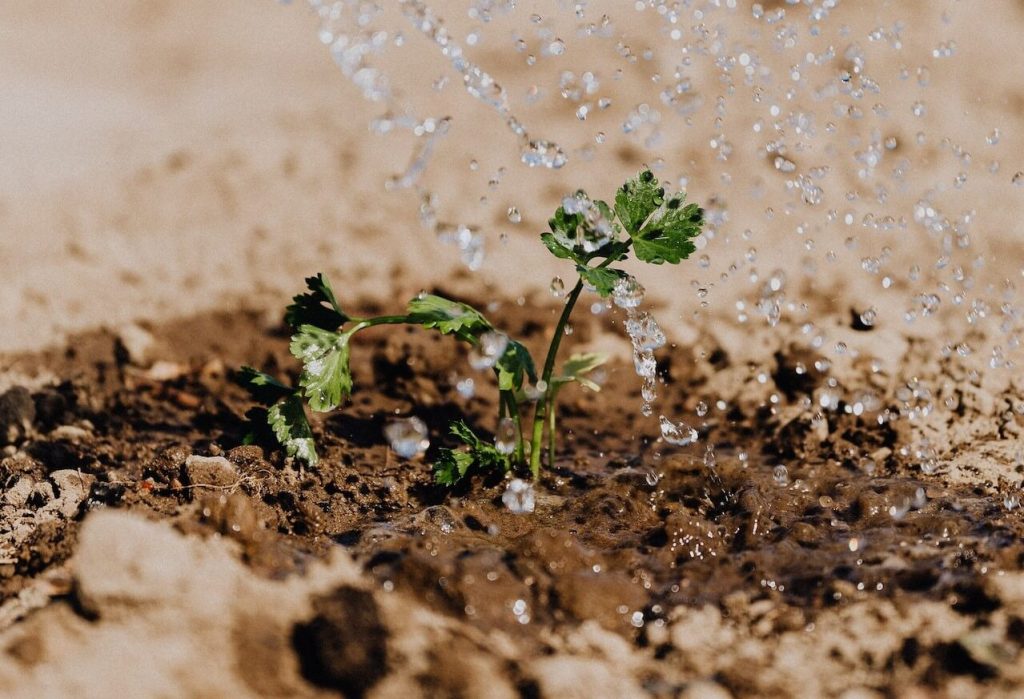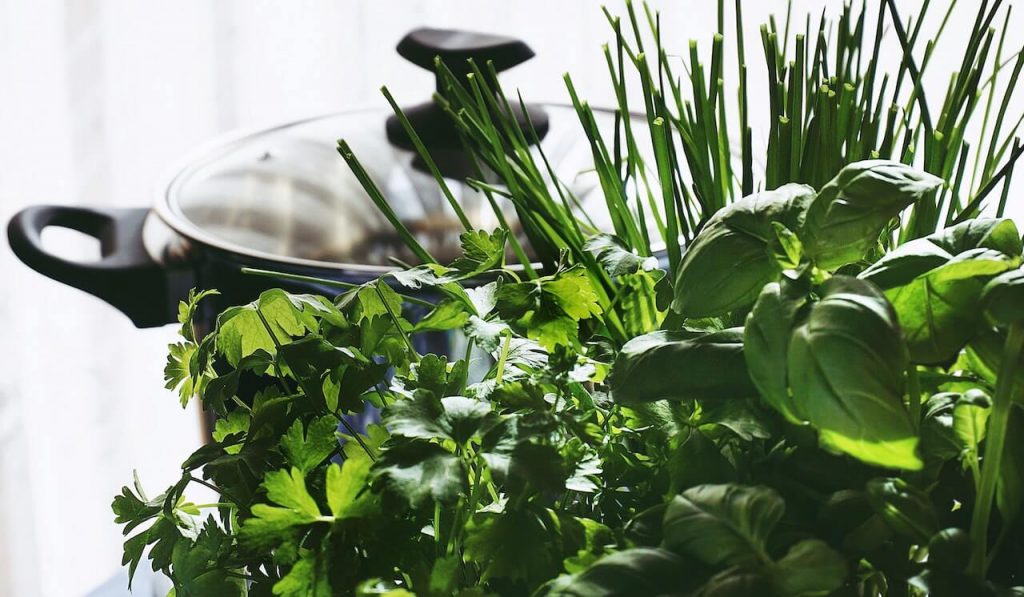Embarking on the journey of growing your own herbs and vegetables at home is an exciting and rewarding endeavor. The ability to step outside your door and harvest fresh, flavorful ingredients for your meals is truly gratifying. Whether you have a spacious backyard, a sunny balcony, or just a windowsill, this comprehensive beginner’s guide will equip you with the knowledge and confidence to cultivate a thriving herb and vegetable garden. Get ready to unleash your green thumb and experience the joy of nurturing and harvesting your own homegrown bounty. With each step, you’ll discover the profound connection between nature and nourishment, and gain a deeper appreciation for the food on your plate.
Planning Your Garden

Assess Your Space:
Evaluate the available space for your garden and take note of important factors such as sunlight exposure, wind conditions, and available planting area. If you have a backyard, identify the sunniest spots for your herb and vegetable beds. For a balcony or windowsill garden, consider the amount of sunlight that filters through during the day.
Choose Your Herbs and Vegetables:
Select herbs and vegetables that align with your taste preferences and the conditions of your growing space. Beginner-friendly herbs include basil, mint, parsley, thyme, and rosemary. For vegetables, consider cherry tomatoes, lettuce, spinach, radishes, and bush beans. Research the specific growing requirements of each plant, such as sunlight, water, and temperature preferences.
Plan Your Layout:
Design a layout that maximizes space utilization and promotes healthy plant growth. Group herbs and vegetables together based on their water and sunlight requirements. Utilize raised beds, containers, or vertical gardening techniques to optimize your available space. Ensure that taller plants do not shade smaller ones, and consider the potential for future growth when spacing your plants.
Preparing the Growing Area

Soil Preparation:
Prepare your soil by removing weeds, rocks, and debris from the planting area. Ensure the soil is well-draining and nutrient-rich. For backyard gardens, consider conducting a soil test to determine its pH level and nutrient content. Amend the soil with organic matter like compost, well-rotted manure, or peat moss to improve its fertility and structure.
Container Gardening:
If you have limited space, container gardening is an excellent option. Choose containers with adequate drainage holes and a suitable size for the plants you intend to grow. Fill the containers with a high-quality potting mix specifically formulated for container gardening. This mix provides good drainage while retaining sufficient moisture and nutrients for the plants.
Sunlight and Watering:
Most herbs and vegetables thrive in full sun, requiring a minimum of 6 hours of direct sunlight per day. Place your garden in a location that receives ample sunlight. Ensure your plants receive consistent watering to keep the soil evenly moist. Use your finger to check the moisture level in the soil, and water whenever it feels dry about an inch below the surface.
Planting and Caring for Herbs and Vegetables

Planting Techniques:
Follow the recommended planting techniques for each herb and vegetable. Start seeds indoors for some plants, such as tomatoes or peppers, a few weeks before the last frost date. Transplant them outdoors once the danger of frost has passed. Directly sow seeds of other vegetables like lettuce, spinach, and radishes into the prepared soil or containers. Ensure that you provide sufficient spacing between plants to allow for proper air circulation and growth.
Watering and Mulching:
Consistent watering is crucial for healthy plant growth. Water your herbs and vegetables deeply, aiming to keep the soil evenly moist but not waterlogged. To conserve moisture and suppress weed growth, apply a layer of organic mulch around your plants. Mulching also helps regulate soil temperature and prevents soil erosion.
Nutrient Management:
Provide essential nutrients to your plants throughout their growth cycle. Prior to planting, mix a balanced organic fertilizer into the soil or use slow-release granules according to the package instructions. As your plants grow, supplement their nutrition with organic liquid fertilizers like fish emulsion or seaweed extract. Apply fertilizers at the recommended intervals and rates specific to each herb or vegetable.
Pest and Disease Management:
Regularly monitor your plants for signs of pests or diseases. Common pests that may affect herbs and vegetables include aphids, snails, slugs, and caterpillars. Identify the pests early and take appropriate action. Utilize organic pest control methods such as handpicking, using physical barriers like row covers or netting, or applying natural sprays like insecticidal soap or neem oil. Maintain good garden hygiene by removing dead or diseased plant material promptly to prevent the spread of diseases.
Harvesting and Enjoying the Fruits of Your Labor

Harvesting Tips:
Each herb and vegetable has its own specific harvesting requirements. Harvest herbs by picking the leaves or sprigs as needed, taking care not to remove more than one-third of the plant at a time. For vegetables, harvest them when they reach their optimal size and maturity. Leafy greens like lettuce and spinach can be harvested by cutting the outer leaves, allowing the inner ones to continue growing.
Culinary Delights:
Incorporate your freshly harvested herbs and vegetables into a variety of culinary creations. Add aromatic basil to homemade pesto or use it as a topping for pizzas and pasta. Infuse refreshing mint into beverages or use it in salads. Utilize parsley as a garnish or as an ingredient in soups and stews. Savor the juicy sweetness of homegrown cherry tomatoes in salads or as a snack. Lettuce and spinach make for delicious salads, while bush beans can be sautéed or added to stir-fries. Experiment with different recipes to fully enjoy the flavors and nutritional benefits of your homegrown produce.
Congratulations on embarking on your herb and vegetable gardening adventure! Armed with the knowledge and practical tips from this comprehensive beginner’s guide, you now have the tools to create a flourishing garden right at home. As you sow the seeds, tend to the plants, and watch them grow, you’ll develop a profound sense of connection to the natural world and gain a deeper appreciation for the food you cultivate. The joy of harvesting and savoring the flavors of your homegrown herbs and vegetables will be immensely rewarding. So, roll up your sleeves, dig your hands into the soil, and let nature’s abundance unfold before you. Happy gardening and may your harvest be bountiful and delicious!
